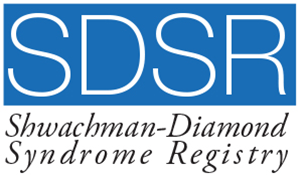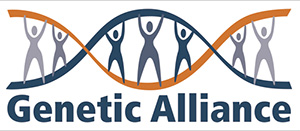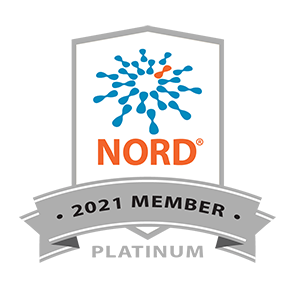Organizational Guide for SDS Patient Care
With a diagnosis of Shwachman Diamond Syndrome, there are several important documents and records that should be organized to keep track of a patient’s care. A well-organized system for storing and filing these documents, whether hard-copy or electronic, is important for the long-term care of the patient.
A binder for organizing patient care
SDSF suggests creating a binder (or an electronic system) to manage your SDS care. In this binder, important medical paperwork should be included such as the patient information sheet, medical team contact information, a log of appointments, a list of medications, a monthly calendar to mark appointments/therapy sessions, a log of lab results, bone marrow biopsy procedures, x-rays and CT scans, and any other pertinent information to meet your specific needs. We recommend purchasing a heavy 3-ring binder and tabs/folders to organize your binder.
We have provided some forms that you can print out to get you started in creating your own care binder.
- SDS Care Binder Cover Page
- Slide this sheet in the front of your binder
- Patient Information Sheet
- Fill out this form to provide information about the SDS patient.
- Medical Team Contact Info
- In this section you can also include business cards, emergency room instructions, etc.
- Blank Calendar
- On this form, fill out a monthly calendar to include appointments, therapy sessions, reminders of when to administer medications, lab draws, etc.
- Appointment Log
- In this section you can also include doctor notes, a list of questions asked/answers received, or other reports received from your appointments.
- Medications List
- In this section you can also include other pharmacy and prescription information.
- Lab Results
- CBC Results
- In this section, you can include copies of all CBCs and other lab results (vitamin levels, liver enzymes, bone marrow biopsy results, etc.)
- Growth
- Weight – Height Log
- In this section, you can also include feeding schedules, information from nutritionists, high-calorie recipes, supplement information, growth hormone information, etc.
- Bone Marrow Biopsies
- Bone Marrow Biopsy Log
- In this section, log the dates and information regarding bone marrow biopsy procedures. Also, attach any reports if available.
- Transfusion Log
- In this section, log pertinent information relating to transfusions that the SDS patient needs. Also, attach any reports if available.
- Log of X-rays and CT Scans
- In this section, you can log all x-rays and CT scans, as well as include any reports if available.
- Other
- Organize your binder to meet the specific needs of the SDS patient.
The binder guide above is available electronically within a Microsoft Excel spreadsheet in which each section of the binder is located in the tabs of the spreadsheet. Download the spreadsheet: SDS Patient Care Spreadsheet.
Electronic tools to help organize patient care
Since technology has allowed us to go paperless in many ways, it may be your personal preference to keep a “digital binder” or to utilize a different digital system to organize your SDS care. The following is a list of suggestions on how to utilize a digital organizational system.
- MyChart (iOS app) (Android)
- Gives patients (or caregivers of minors) access to a secure, convenient and free way to manage their personal health care information at participating hospitals. Check with your doctor if a patient portal similar to MyChart is available and for the instructions to get set up.
- FollowMyHealth (iOS app) (Android)
-
- Gives patients (or caregivers of minors) access to a secure, convenient and free way to manage their personal health care information at participating hospitals. Check with your doctor if a patient portal similar to FollowMyHealth is available and for the instructions to get set up.
-
- Microsoft HealthVault
- Microsoft HealthVault helps you gather, store, use, and share health information for you and your family. You can keep all of your health records in one place that’s organized and available to you online.
- Evernote (iOS app) (Android)
- This app is great for keeping notes about doctor appointments, keep a list of questions for an upcoming appointment, scan in paper copies of CBC results, doctor’s notes, etc.
- Microsoft Excel spreadsheet
- The binder guide above is available electronically within a Microsoft Excel spreadsheet in which each section of the binder is located in the tabs of the spreadsheet. Download the spreadsheet: SDS Patient Care Spreadsheet.




